
When I first delved into the intricacies of charging lithium-ion batteries, I was somewhat perplexed by the technical nuances involved. Yet, it soon became clear that charging proceeds through three key stages: trickle, constant current, and constant voltage charging. Initially, the battery is charged slowly to prevent damage. Once the voltage reaches 4.2V, we enter the constant voltage charging stage, reducing the current until the battery is fully charged.
Choosing the right charging technique and environment for lithium-ion batteries is crucial. Using solar panels with the right controller, for example, is eco-friendly and extends battery life. Regardless of the method, controlling voltage and current is critical. Maintaining a temperature between 0°C and 45°C and avoiding overcharging are essential for safety and performance. In my experience, a dedicated charger is convenient and ensures the correct use of multi-stage charging.
Concise Summary: Charging lithium-ion batteries involves trickle, constant current, and constant voltage phases. Proper voltage and temperature controls ensure safety and efficiency. I hope to provide you with a clearer understanding of this process for daily application.
Trickle charging is the final stage for lithium batteries.False
Trickle charging starts the process; it is not the concluding stage.
Correct temperature control is vital for battery safety.True
Maintaining proper temperature ensures safe battery operation.
2. How can different methods be used to charge lithium-ion batteries?
3. What should be considered when charging lithium-ion batteries?
4. How does charging affect the efficiency and lifetime of lithium-ion batteries?
5. Why is using a specialized charger important for lithium-ion batteries?
Conclusion
What are the stages of charging a lithium-ion battery?
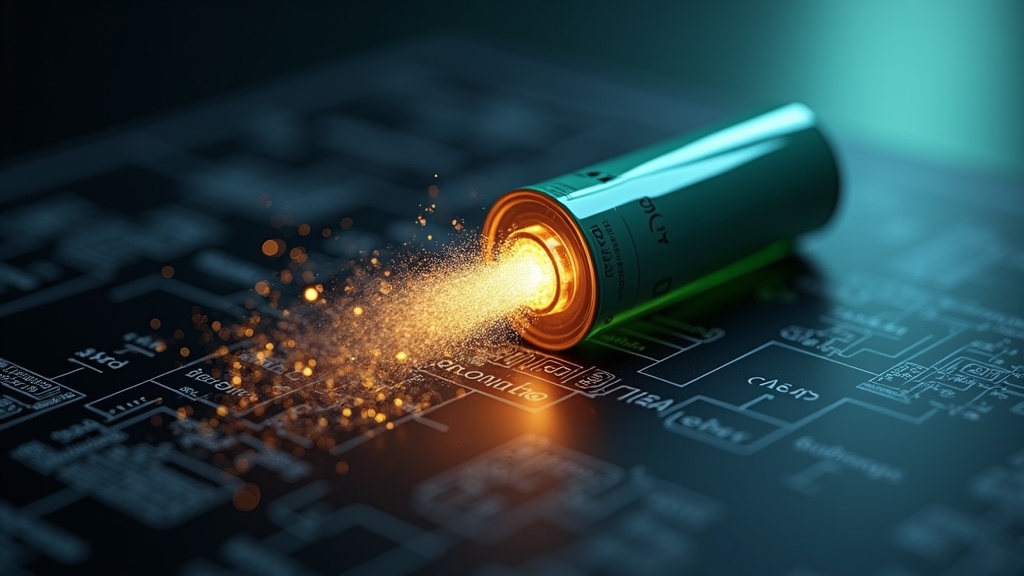
The first time I deciphered how a lithium-ion battery charges, it felt like unraveling an elaborate dance. But once I grasped the three-stage protocol, everything made sense. Starting with Precharge Mode, crucial for recovering deeply discharged batteries, a gentle current restores the cells, preventing damage.
Next is the Constant Current Mode, where the battery charges rapidly up to about 80% capacity. Despite increased internal resistance, the current remains constant, ensuring efficiency.
The final stage is Constant Voltage Mode, balancing energy as voltage holds steady and current decreases, leading to a full charge. This understanding reshaped how I manage battery use in my devices.
Understanding Precharge, Constant Current, and Constant Voltage ensures lithium-ion batteries are charged safely and efficiently. Appreciating these stages can transform how you manage battery health in everyday tech.
Understanding the Three Essential Stages of Lithium-Ion Battery Charging
Ever wondered about how lithium-ion batteries charge? It felt like unlocking a dance. Charging involves three stages: Precharge Mode, Constant Current Mode, and Constant Voltage Mode. These ensure efficient and safe charging, enhancing battery management.
| Charging Stage | Description | Key Functionality |
|---|---|---|
| Precharge Mode | Restores deeply discharged battery cells with a gentle current. | Prevents damage and extends longevity. |
| Constant Current Mode | Charges rapidly to about 80% capacity without changing current. | Ensures quick and efficient recharge. |
| Constant Voltage Mode | Keeps voltage steady as current decreases to full charge. | Balances energy input and avoids overcharging. |
Constant Voltage Mode charges the battery to 80%.False
Constant Current Mode charges to 80% capacity.
Precharge Mode uses a gentle current to revive cells.True
Precharge Mode gently awakens cells without damage.
Pre-Charge Stage
In energy systems, the pre-charge phase is vital for optimal performance. This stage requires careful planning and fine-tuning. Following a pre-charge checklist helps conquer complexities. Pre-charge systems govern operation, and evaluating their efficacy is crucial. Cutting-edge apparatus addresses nuances. A strategic approach reinforces integrity and efficacy in electrical endeavors, ensuring success.
Constant Current Charging
In charging methodologies, constant current charging is reliable and efficient. Using a constant current charger keeps electrons flowing at a steady rate. The constant current charging circuit is a modern marvel ensuring precision. Its advantages boost longevity and performance. In comparison to constant voltage, it excels with stable output. Understanding its benefits improves safety and efficacy.
Constant Voltage Charging
Constant voltage charging is key for improving battery longevity and performance. It maintains constant voltage, vital for lead-acid and lithium-ion batteries. A constant voltage power source optimizes energy storage. This method excels in maintenance and amplifies lifespan. Innovations fine-tune voltage configurations for superior charging performance.
How can different methods be used to charge lithium-ion batteries?
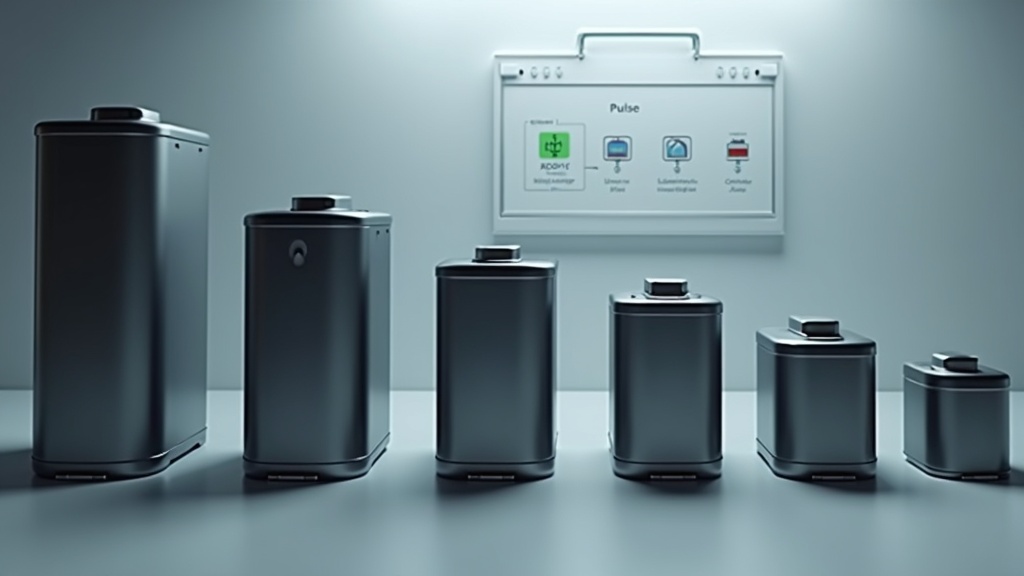
When I explored lithium-ion batteries, I encountered the CCCV (Constant Current-Constant Voltage) charging technique. Remarkable for balancing steady current and voltage, it ensures efficiency and safety. Picture how mastering this benefits everyday use!
Further exploration led to methods for diverse requirements. The constant power (CP) technique, with its strong initial current for efficiency, intrigued me. Pulse charging combats sulfation, essential for advanced care. Trickle charging maintains charge gently.
Aligning these methods with proper equipment, like solar chargers, revealed their importance. Monitoring temperature and preventing overcharging extend battery life.
Understanding diverse strategies like CCCV, CP, and pulse charging paired with appropriate equipment optimizes efficiency and longevity.
I encourage exploring these methods for seamless daily integration. Mastering battery charging saves money and maintains device function. Take the plunge—the results are electrifying!
Exploring Various Techniques for Charging Lithium-Ion Batteries
Understanding strategies like CCCV, CP, and pulse charging boosts efficiency and extends longevity.
| Charging Method | Description | Best Use Case |
|---|---|---|
| CCCV (Constant Current-Constant Voltage) | Balances steady current and voltage for efficient charging. | General use for most lithium-ion batteries. |
| CP (Constant Power) | Delivers strong initial current to improve efficiency. | High-efficiency applications needing rapid charge. |
| Pulse Charging | Uses short bursts to prevent sulfation and extend life. | Advanced maintenance techniques. |
| Trickle Charging | Maintains charge gently without overloading. | Long-term battery storage. |
Constant power (CP) charging reduces initial current.False
CP emphasizes strong initial current for efficiency.
Pulse charging combats sulfation.True
Pulse charging fights sulfation, aiding maintenance.
Solar Charging Method
Embracing solar charging transforms gadget power with eco-friendly technologies. Solar energy charging uses photovoltaic modules to convert sunlight into electricity, offering portable solutions. Its main benefits include mobility and inexhaustibility. Solar chargers are excellent for replenishing devices, offering benefits from frugality to environmental care.
DC-DC Charging
DC-DC charging leads in electric vehicles, offering advanced power conversion. The module meets demands for superior efficiency, joining renewable sources with sustainable applications. Its isolated converters ensure safety, while advanced charge controllers optimize performance, setting a new standard.
AC Charging
AC charging is vital for electric vehicle refueling, adaptable from homes to public areas. AC Level 1 suits home refuels, while swift AC Level 2 exemplifies versatility. Benefits include economical installation and network expansion, making AC charging essential as technology advances.
What should be considered when charging lithium-ion batteries?
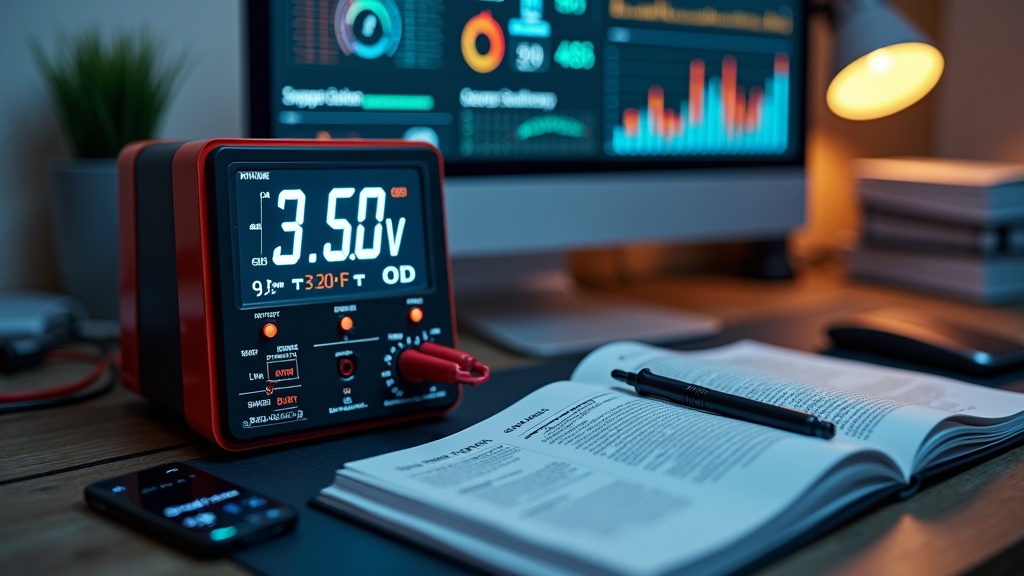
My Journey to Safely and Efficiently Charging Lithium-Ion Batteries
At first, lithium-ion battery charging felt overwhelming. Voltage requirements and temperature ranges seemed daunting. But with research, I learned the importance of using chargers designed for lithium-ion batteries to avoid overcharging risks and damage.
Safe charging of lithium-ion batteries: Stick to voltage parameters—for LiFePO4 batteries, 3.50-3.65V per cell. Temperature matters too; I use 0°C to 45°C. The sequence from constant current (CC) to constant voltage (CV) influences performance and lifespan.
Safety is key during charging. Never leave batteries charging unattended or in flammable areas. Check for overheating signs and update firmware for better efficiency. Charge between 20-80% to prevent overcharging and deep discharges.
For longer battery lifespan, adopt these strategies. They have improved safety and efficiency for me. I hope they help you too!
Key Considerations for Safely Charging Lithium-Ion Batteries
Through research, I learned chargers specifically for lithium-ion batteries prevent overcharging. Stick to voltage, temperature ranges, and monitoring for performance and longevity.
| Charging Considerations | Recommended Values |
|---|---|
| Voltage Range for LiFePO4 Batteries | 3.50V – 3.65V per cell |
| Safe Temperature Range | 0°C – 45°C |
| Charging Sequence | Constant Current (CC) to Constant Voltage (CV) |
| Optimal Charge Level | 20% – 80% |
| Attention While Charging | Never leave unattended in flammable settings |
Charging Li-ion batteries between 0% and 100% is best.False
Charging between 20-80% is recommended to prolong lifespan.
Using a specific charger for Li-ion batteries prevents damage.True
Specific chargers avoid overcharging, reducing damage risks.
Voltage and Current Management
In electrical systems, managing voltage and current is key. Proper techniques ensure stability and efficiency, vital for sustainable energy. Master these strategies to maintain consistency and flow.
Temperature Control
In homes and industry, precise temperature regulation saves energy. Advanced systems optimize climatization, enhancing comfort while reducing use. By adopting top strategies, you achieve exemplary outcomes in varied applications.
Avoiding Overcharging
Overcharging can erode consumer trust and must be prevented. Rigorous price audits and staff training are vital. Consumers should remain vigilant and be aware of legal standards against overcharging to ensure fairness.
How does charging affect the efficiency and lifetime of lithium-ion batteries?
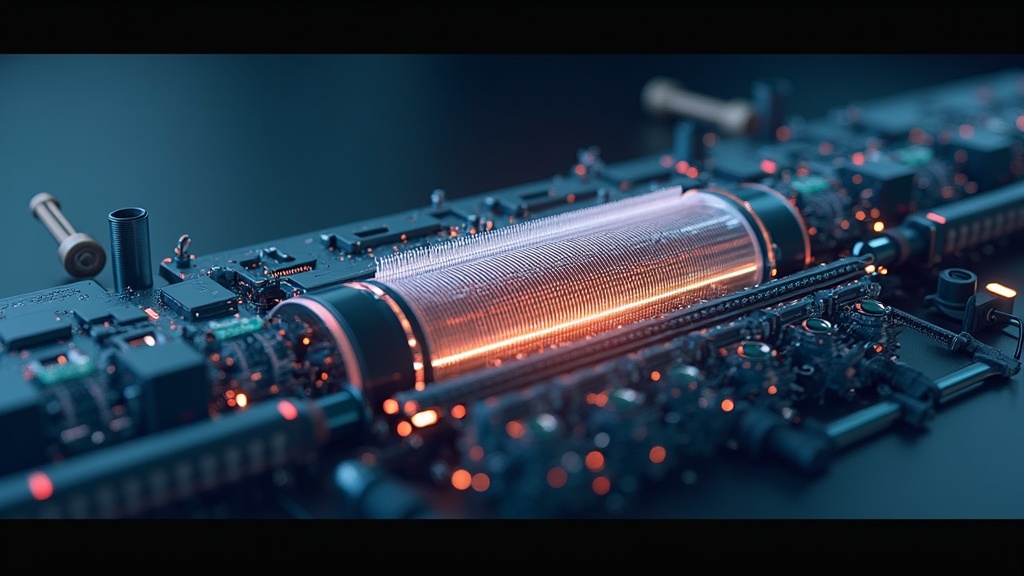
Exploring lithium-ion battery charging revealed the influence of current, voltage, temperature, and rates. High currents can shorten lifespan by raising resistance and degrading capacity. Understanding optimal current and voltage is crucial for performance, especially with fast charging demands.
Charging at an ideal voltage—around 3.92V per cell—mitigates stress-related issues. Though convenient, fast charging can hinder battery vitality. Understanding temperature’s role in charging efficiency is vital. Avoiding extremes ensures performance.
To amplify lifespan, consider these factors. The improvements are evident.
Understanding the Impact of Charging on Lithium-Ion Battery Efficiency and Longevity
Charging at optimal voltage reduces stress. High currents raise resistance, shortening lifespan. Understanding ideal parameters maximizes performance, boosting longevity amid fast-paced energy demands.
| Charging Factor | Impact on Longevity | Optimal Condition |
|---|---|---|
| Charging Current | Higher currents can shorten lifespan due to increased resistance. | Use moderate charging currents. |
| Charging Voltage | Ideal voltage mitigates stress and degradation. | Around 3.92V per cell. |
| Temperature | Extreme temperatures impair performance and longevity. | Avoid excessive heat and cold. |
Charging at any current doesn’t affect lifespan.False
High currents shorten lifespan due to resistance.
Managing temperature is crucial for performance.True
Temperature extremes impair performance and lifespan.
Charging Efficiency
In technology’s evolving landscape, achieving peak charging efficiency is vital. Rapid charging, especially for electric vehicles, demands strategic optimization, reducing idle time. Aim for superior efficiency as we advance sustainable methods.
Impact on Battery Life
Battery longevity relies on factors like charging behavior and integrity. Overuse degrades stamina. Evaluate performance for optimization strategies. Innovation heralds better longevity tactics. Insights mitigate technological effects, preserving efficiency.
Balancing Speed and Longevity
Balancing speed and longevity is crucial. The trade-off continues, yet understanding their relationship unlocks effectiveness and endurance. Harmonizing them enhances output and lifespan, rooted in resilient design.
Why is using a specialized charger important for lithium-ion batteries?
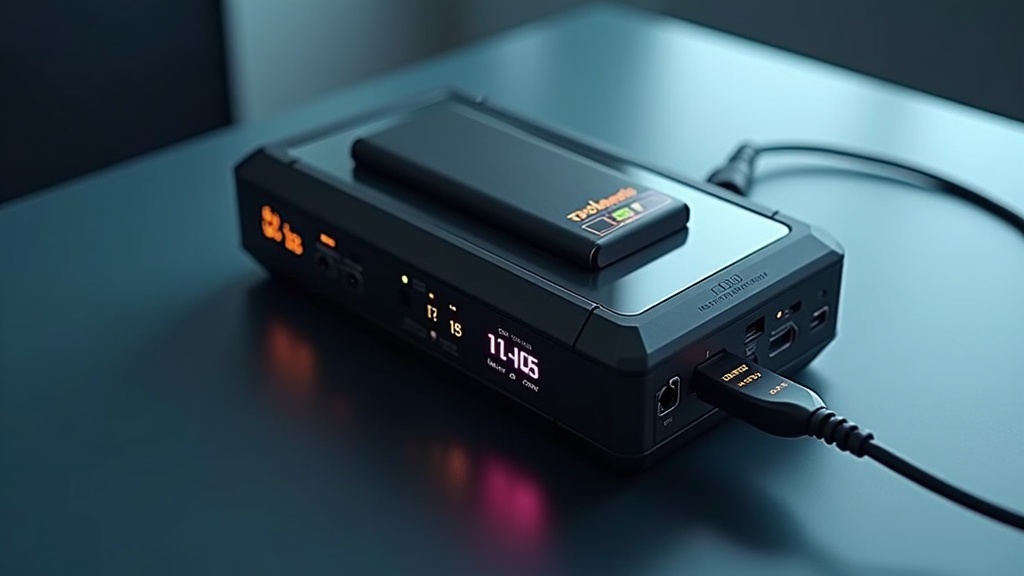
Realizing the importance of proper charging for lithium-ion batteries sparked my curiosity in their requirements. We want to prolong battery life safely and efficiently. Dedicated chargers offer key benefits, ensuring safety.
Lithium-ion batteries have strict voltage constraints. Ignoring them can cause overheating or failure. Dedicated chargers monitor and adjust voltage, keeping operation secure. CC-CV charging boosts efficiency and longevity.
Temperature management is vital. Dedicated chargers adjust output if temperatures exceed limits. Investing in a quality charger is the optimal choice for performance, lifespan, and safety.
Selecting the right charger is crucial for battery health. I hope these insights empower safe usage to ensure device vitality.
The Importance of Using Specialized Chargers for Lithium-Ion Batteries
Dedicated chargers ensure safety and prolong lifespans. They adhere to voltage and temperature requirements, preventing issues and creating an optimal environment.
| Feature | Benefits |
|---|---|
| Voltage Regulation | Prevents overheating and failure by maintaining safe levels. |
| CC-CV Charging Protocol | Enhances efficiency and extends longevity. |
| Temperature Management | Adjusts output to protect against overheating. |
| Compatibility | Ensures optimal performance for lithium-ion batteries. |
Lithium-ion batteries have no voltage constraints.False
Batteries operate within strict limits to prevent damage.
Dedicated chargers prolong battery lifespan.True
Dedicated chargers enhance longevity.
Multi-Stage Charging Techniques
In battery technology, multi-phase charging has redefined energy storage. Employing advanced methods, modern systems orchestrate sequences, enhancing efficacy. These solutions rapidly charge while protecting endurance, crucial for vehicles and renewable interfaces.
Ensuring Charging Performance
In electric vehicles, achieving supreme efficacy is paramount. Rapid technology revamps protocols, heightening efficiency. Prioritizing sustainable practices extends battery longevity and champions energy-saving methods.
Maintaining Battery Health
In modern life, battery vitality is key. Whether a smartphone or automobile, proper maintenance promises longevity. Avoiding temperature extremes and embracing ideal habits protect lifespan. Strategies enhance efficiency and preserve device performance.
Conclusion
Lithium-ion battery charging involves stages and techniques, each critical for efficiency and safety. Understanding these allows optimized use of chargers, ensuring long life and peak performance.
Correct practices—adhering to guidelines—not only extend life but prevent safety issues. Specialized chargers, especially with CC-CV, enhance performance.


